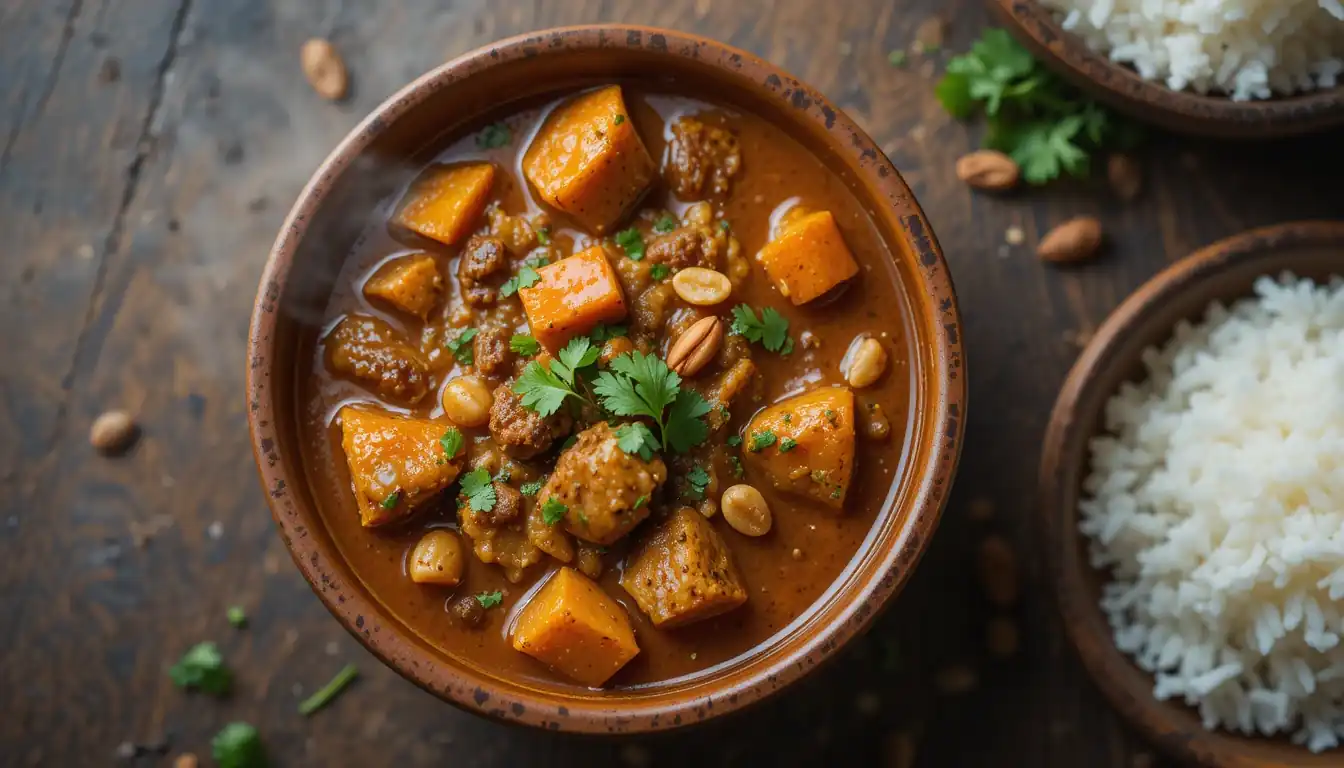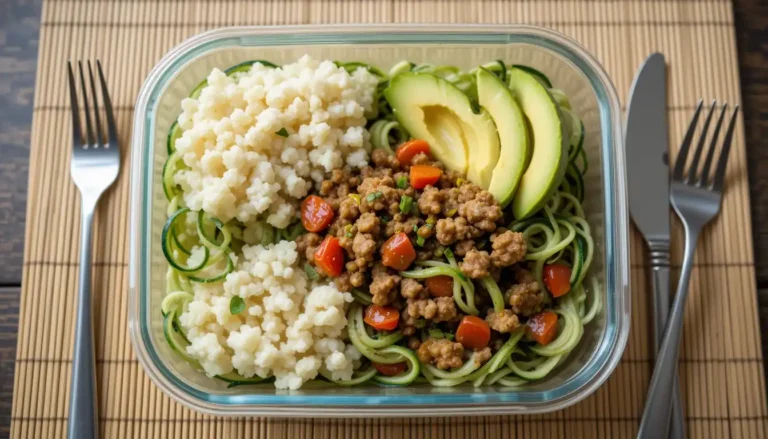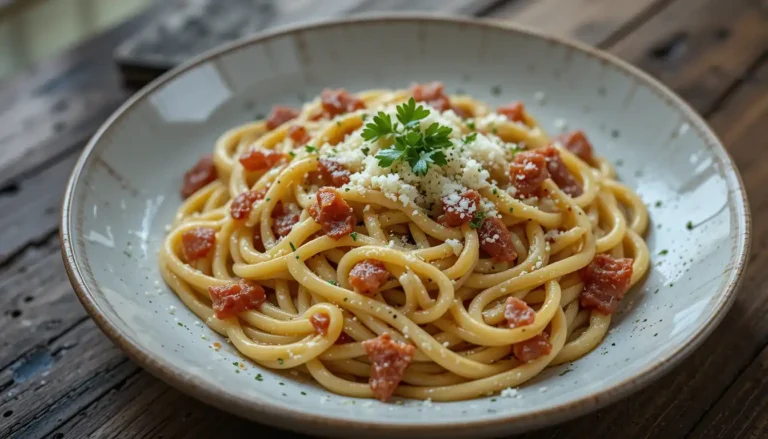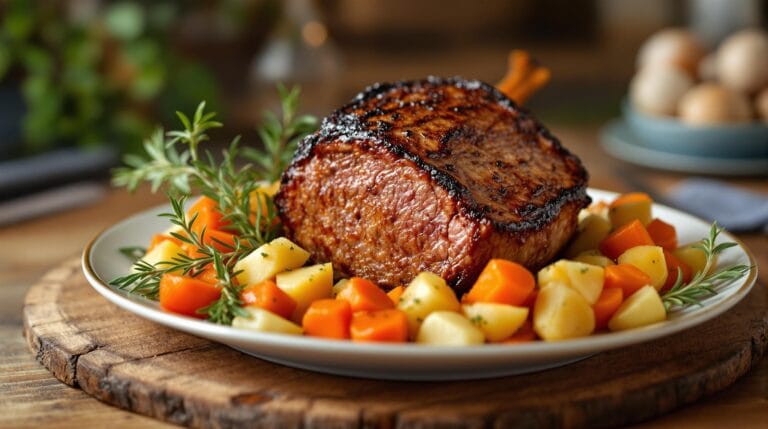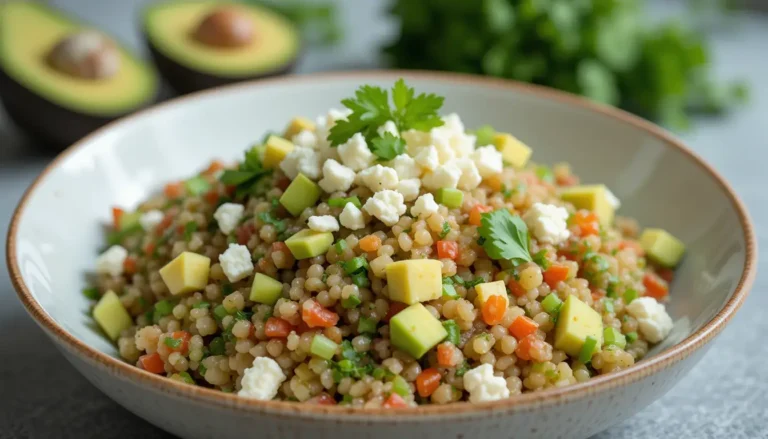Delicious Maafe: Your Ultimate Easy Recipe
Ever crave something deeply comforting, rich, and bursting with flavour? Something that warms you from the inside out? Then you absolutely need to discover Maafe. If you’ve never heard of it, get ready – this West African peanut stew is about to become a favourite in your kitchen.
Maafe (pronounced Mah-Fay) is a staple dish enjoyed across many parts of West Africa, known by various names like Groundnut Stew or Domoda. At its heart, it’s a luscious, savoury stew built on the incredible flavour of peanuts (groundnuts), often combined with tomatoes, vegetables, and a protein like chicken, beef, or lamb.
This recipe focuses on making Maafe accessible for home cooks. We’re keeping it straightforward without sacrificing that authentic, soul-satisfying taste. Whether you’re a seasoned cook exploring new cuisines or a beginner looking for a flavour-packed adventure, this easy Maafe recipe is for you. Let’s get cooking!
Table of Contents
What Exactly is Maafe?
Think of Maafe as the ultimate comfort food with West African roots. It’s a thick, hearty stew where peanut butter isn’t just an ingredient; it’s the star. Combined with a tomato base, aromatic onions, garlic, and ginger, and often enriched with vegetables like sweet potatoes or carrots, Maafe delivers a complex flavour profile that is simultaneously:
- Nutty: From the generous amount of peanut butter.
- Savoury: Thanks to the broth, protein, and aromatics.
- Slightly Tangy: From the tomatoes.
- Potentially Spicy: Depending on your preference for chilli!
The beauty of Maafe lies in its adaptability. While recipes vary from region to region and even family to family, the core combination of peanut, tomato, and savoury elements remains constant. It’s a dish that truly nourishes the body and soul.
Why You’ll Love This Easy Maafe Recipe
Making Maafe at home might sound exotic, but this recipe breaks it down simply. Here’s why you should give it a try:
- Incredibly Flavourful: The combination of peanut butter, tomatoes, and spices creates a unique and addictive taste. It’s unlike anything you might typically cook.
- Surprisingly Simple: Despite its complex flavour, the actual cooking process is quite straightforward – mostly simmering!
- Customizable: Easily adapt it to your taste. Prefer beef over chicken? Go for it! Want it vegetarian? No problem! Like it fiery hot or mild? You decide.
- Hearty and Satisfying: This is a substantial stew that will leave you feeling full and happy.
- A Great Introduction to West African Cuisine: Maafe is one of the most popular and beloved dishes from the region, making it a perfect starting point.
Ingredients for Delicious Homemade Maafe
This recipe makes about 4-6 servings. Remember, quality ingredients make a difference!
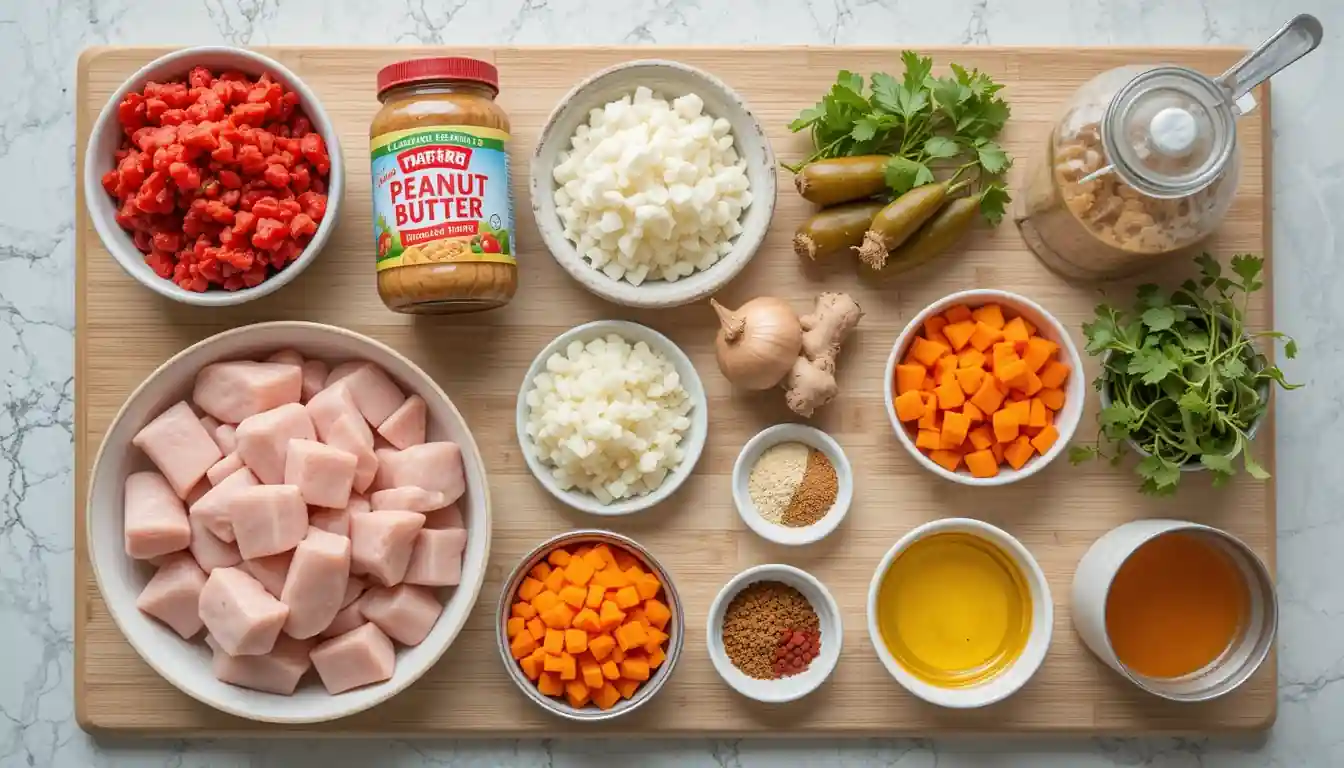
The Protein (Choose One)
- Chicken: ~1.5 lbs (700g) boneless, skinless chicken thighs or breasts, cut into bite-sized pieces. Thighs are generally preferred for flavour and tenderness in stews.
- Beef: ~1.5 lbs (700g) stewing beef (like chuck), cut into 1-inch cubes. (Note: Beef will require a longer simmering time).
- Vegetarian/Vegan: See Variations section below!
The Flavor Base (Aromatics)
- Oil: 2 tablespoons vegetable oil or peanut oil
- Onion: 1 large yellow onion, chopped
- Garlic: 3-4 cloves garlic, minced
- Ginger: 1 tablespoon fresh ginger, grated or finely minced
- Optional Heat: 1 Scotch bonnet or habanero pepper, finely minced (remove seeds for less heat) OR 1/2 – 1 teaspoon cayenne pepper or red pepper flakes. Adjust to your spice tolerance!
The Sauce Stars
- Tomato Paste: 2-3 tablespoons
- Crushed Tomatoes: 1 can (14.5 oz / 400g) crushed or diced tomatoes
- Peanut Butter: 3/4 cup natural, unsweetened creamy peanut butter. (This is key for authentic flavour – avoid brands with added sugar like Jif or Skippy).
- Broth: 4 cups (about 1 litre) low-sodium chicken or beef broth (use vegetable broth for vegetarian). You might need a little extra later to adjust consistency.
The Veggies
- Sweet Potatoes: 1 large sweet potato, peeled and cut into 1-inch cubes
- Carrots: 2 medium carrots, peeled and sliced or diced
- Optional Greens: A few handfuls of spinach or chopped collard greens (added near the end)
Spices & Seasoning
- Salt: To taste (start with 1 teaspoon)
- Black Pepper: To taste (start with 1/2 teaspoon)
- Optional: 1 bouillon cube (chicken or vegetable), crumbled (if using, be mindful of salt).
Step-by-Step Guide
Ready to create some Maafe magic? Follow these simple steps:
Step 1: Prepare Your Protein (If Using Meat)
- Pat your chicken or beef pieces dry with paper towels. Season them generously with salt and pepper.
- Heat 1 tablespoon of oil in a large pot or Dutch oven over medium-high heat.
- Sear the meat in batches, making sure not to overcrowd the pot. Cook until browned on all sides. This step builds flavour!
- Remove the browned meat from the pot and set aside. Don’t worry if it’s not cooked through yet; it will finish cooking in the stew.
Step 2: Build the Flavor Base
- Add the remaining 1 tablespoon of oil to the pot (if needed). Reduce heat to medium.
- Add the chopped onion and sauté for 5-7 minutes, until softened and translucent.
- Stir in the minced garlic, grated ginger, and optional chilli (Scotch bonnet/cayenne). Cook for another 1-2 minutes until fragrant. Be careful not to burn the garlic!
Step 3: Introduce Tomato and Peanut Butter
- Add the tomato paste to the pot. Cook, stirring constantly, for 1-2 minutes. This helps deepen the tomato flavour.
- Stir in the can of crushed tomatoes. Bring the mixture to a gentle simmer.
- Important Peanut Butter Step: In a separate bowl, whisk the peanut butter with about 1 cup of the warm broth until smooth. This prevents the peanut butter from clumping when added to the hot pot.
- Pour the smooth peanut butter mixture into the pot. Stir well to combine everything.
Step 4: Simmer the Maafe
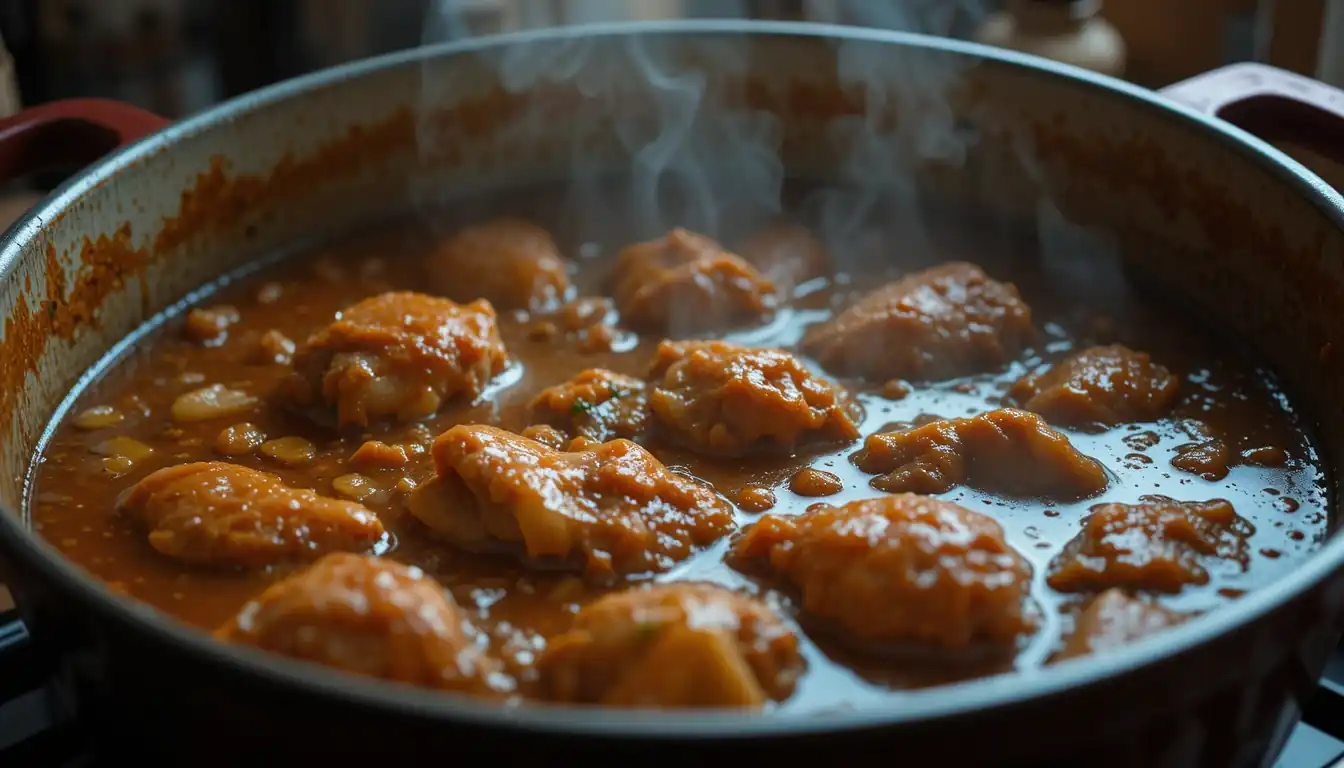
- Return the seared meat (if using) to the pot.
- Add the cubed sweet potatoes and carrots.
- Pour in the remaining 3 cups of broth. Add the crumbled bouillon cube now, if using.
- Stir everything together well. Bring the stew to a gentle simmer.
- Once simmering, reduce the heat to low, cover the pot, and let it cook.
- For Chicken: Simmer for about 30-45 minutes, or until the chicken is cooked through and tender, and the vegetables are soft.
- For Beef: Simmer for 1.5 – 2.5 hours, or until the beef is very tender. Check occasionally and add a splash more broth or water if it becomes too thick.
- Stir the Maafe occasionally during simmering, scraping the bottom of the pot to prevent sticking, especially with the peanut butter.
Step 5: Finishing Touches
- Once the meat and vegetables are tender, check the stew’s consistency. If it’s too thick for your liking, stir in a little more warm broth or water until it reaches your desired thickness. Maafe should be thick and luscious, but still pourable.
- If using spinach or collard greens, stir them in during the last 5-10 minutes of cooking, until they wilt.
- Taste the Maafe and adjust seasoning. Add more salt, black pepper, or cayenne pepper as needed.
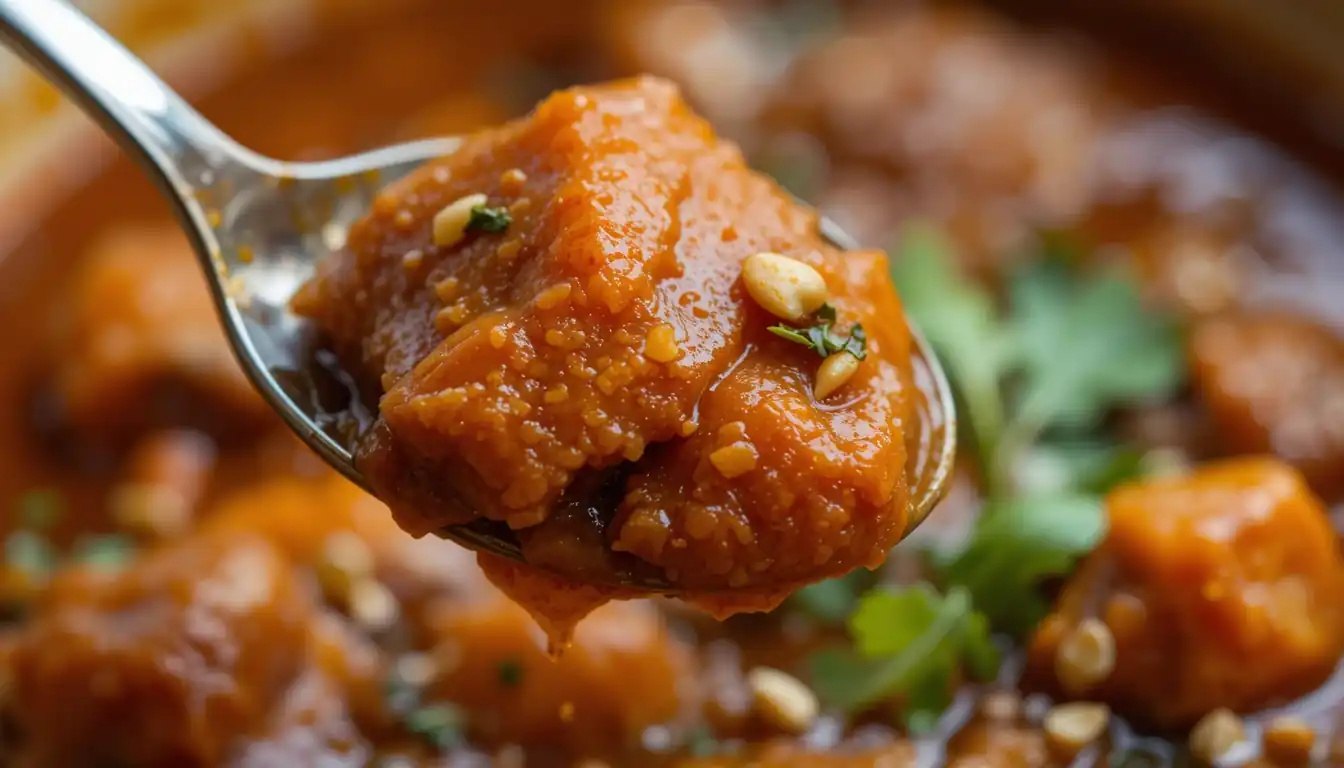
Step 6: Serve and Enjoy!
- Ladle your delicious homemade Maafe into bowls.
- Serve hot with your favourite side (see suggestions below).
Tips for Perfect Maafe Every Time
- Use Natural Peanut Butter: This is crucial for authentic Maafe flavour. Avoid sweetened peanut butters, as they will make the stew taste wrong. Look for brands where the only ingredients are peanuts and maybe salt.
- Don’t Burn the Aromatics or Peanut Butter: Keep the heat moderate when sautéing garlic and ginger. Stir frequently after adding the peanut butter to prevent scorching on the bottom of the pot.
- Temper the Peanut Butter: Whisking the peanut butter with warm broth before adding it to the pot is key for a smooth, clump-free sauce.
- Simmer Gently: Low and slow simmering allows the flavours to meld beautifully and makes the meat incredibly tender. Don’t rush this step!
- Adjust Consistency: Maafe thickens as it cools. If it’s thicker than you like, simply stir in a bit more warm broth or water when reheating or before serving.
- Control the Spice: Start with less chilli (Scotch bonnet/cayenne) if you’re unsure. You can always add more heat at the end or serve with hot sauce on the side.
Maafe Variations to Try
One of the best things about Maafe is its versatility. Feel free to experiment!
Vegetarian or Vegan Maafe
Making a plant-based Maafe is easy and delicious!
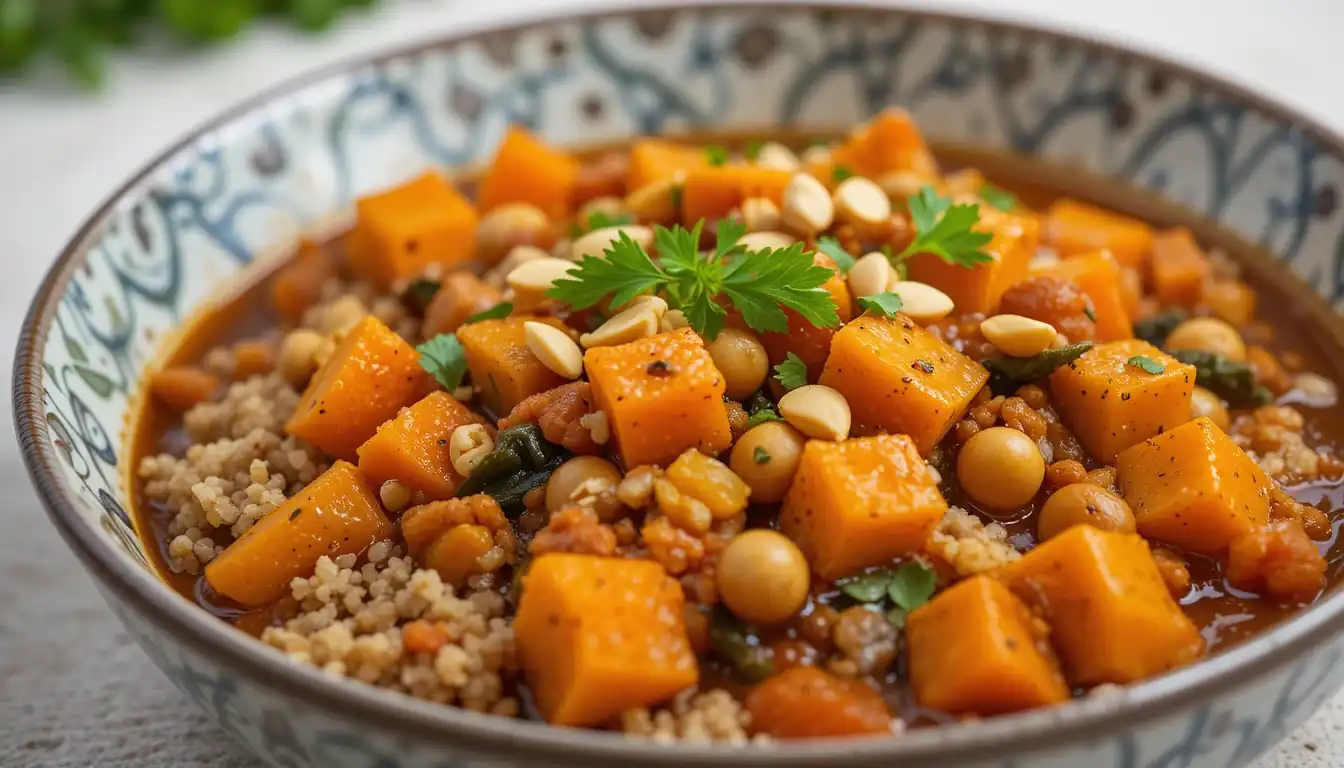
- Protein: Swap the meat for cubed firm tofu or tempeh (pan-fry it first for better texture), chickpeas (add them in the last 20 minutes), or simply load up on more vegetables.
- Broth: Use a good quality vegetable broth.
- Veggies: Add other vegetables like butternut squash, zucchini, bell peppers (capsicum), or green beans. Eggplant (aubergine) also works wonderfully.
Different Proteins
- Lamb: Use cubed lamb shoulder instead of beef or chicken. Simmering time will be similar to beef.
- Fish: For a quicker version, use firm white fish fillets (like cod or tilapia). Add the fish pieces during the last 10-15 minutes of cooking, simmering gently until the fish is cooked through and flakes easily.
Extra Vegetables
Feel free to add other vegetables you enjoy. Okra (added in the last 20-30 minutes) is traditional in some regions. Cabbage or kale are also great additions.
What to Serve with Maafe
Maafe is traditionally served over a grain to soak up all that incredible sauce. Here are some popular choices:
- White Rice: Simple fluffy white rice (like Jasmine or Basmati) is the most common pairing.
- Fonio: A nutritious, ancient West African grain with a couscous-like texture.
- Couscous: Another easy and popular option.
- Quinoa: A good gluten-free alternative.
- Crusty Bread: Perfect for mopping up every last bit of the delicious Maafe sauce.
Optional Garnishes:
- Chopped roasted peanuts for extra crunch.
- Fresh cilantro (coriander) or parsley leaves.
- A squeeze of fresh lime juice to brighten the flavours.
Storing and Reheating Your Maafe
Maafe tastes even better the next day as the flavours continue to meld!
- Refrigerator: Store leftover Maafe in an airtight container in the fridge for up to 3-4 days.
- Freezer: Maafe freezes well. Let it cool completely, then transfer to freezer-safe containers or bags. Freeze for up to 2-3 months. Thaw overnight in the refrigerator before reheating.
- Reheating: Reheat gently on the stovetop over medium-low heat, stirring occasionally. You may need to add a splash of broth or water to loosen it up, as it will thicken upon cooling. Avoid boiling vigorously. Microwave reheating also works, but stovetop is generally better for maintaining texture.
Ready to Make Some Maafe?
There you have it – a comprehensive guide to making incredibly delicious and satisfying Maafe right in your own kitchen. This West African peanut stew is more than just a meal; it’s an experience. It’s comfort in a bowl, packed with unique flavours that are sure to impress.
Don’t be intimidated by the ingredient list or the idea of a new cuisine. This easy Maafe recipe is designed for success. Give it a try, customize it to your liking, and enjoy the rich, nutty, savoury goodness.
We hope you fall in love with Maafe just as much as we have. Happy cooking! Let us know in the comments if you try this recipe!

